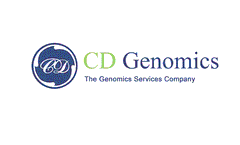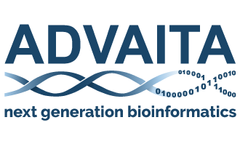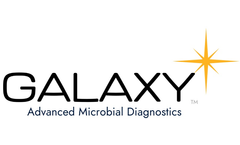Refine by
Microbiomics Articles & Analysis
60 articles found
The SpaCBA pili enable direct interaction with intestinal mucus layers, providing this strain with distinctive colonization dynamics compared to non-piliated strains. (3) L. gasseri ADH features a CRISPR-Cas system type II-A and intermediate hydrophobicity properties, positioning it as an optimal candidate for bacteriophage resistance studies and vaginal microbiome models. ...
The model may not fully replicate the complexity of the human gut environment, including factors such as microbiome influence and variable pH levels. Additionally, some compounds may display different absorption profiles in vivo compared to results obtained in the Caco-2 model. ...
· Gastroenterology – Intestinal and liver organoids support research on gastrointestinal diseases, metabolism, and gut microbiome interactions. · Regenerative Medicine – Organoids contribute to tissue engineering and stem cell therapy approaches, highlighting their potential in regenerative medicine. ...
Nature Reviews Microbiology. (2017). "The gut microbiome and its role in health and ...
The advent of next-generation sequencing (NGS) has revolutionized the field of microbiome research, particularly through the analysis of 16S rRNA gene sequencing. ...
In addition to their role in fat and cholesterol metabolism, bile acids possess antimicrobial properties, which can help to maintain a balanced gut microbiome and prevent the overgrowth of harmful bacteria. This antimicrobial function is particularly relevant in the context of digestive health, as an imbalance in gut microbial populations has been linked to various ...
The Gut Microbiota Influence Emerging research has unraveled the intricate interaction between bile acids and the gut microbiota. The gut microbiome has been shown to metabolize bile acids, influencing their composition and subsequent effects on host health. ...
The term microbiome comes from the Greek word micro which means small and bios meaning life. ...
Probiotics have gained popularity in recent years, as more people have become aware of the crucial role of the gut microbiome in maintaining overall health. The gut microbiome consists of trillions of microorganisms, including bacteria, viruses, and fungi, that reside in the gastrointestinal tract. ...
The research goals of Carole Ober’s laboratory at the University of Chicago are to identify genetic variants that influence gene expression and epigenetic patterns in tissues relevant to complex phenotypes, especially related to asthma and fertility. The lab uses both freshly isolated cells, as well as tissue and cell culture models of gene-environment interactions to explore ...
The discovery of streptomycin, turbomycin, and other antibiotics sprang from basic studies of the soil microbiome. Functional metagenomics serves to find novel antibiotics or novel antibiotic resistance genes, and descriptive metagenomics serves to analyze changes in the composition of the microbiome and to track the presence and abundance of known antibiotic ...
This may also be done in silico if a reference genome is available for the host, as in the work of Perez-Losada et al. who considered the impact of host–pathogen interactions on the human airway microbiome. Finally, transcriptome reference databases are limited by their coverage. ...
Once the balance between the microbiome and the skin surface tissue is broken, it will lead to skin diseases or infections. 16S/18S/ITS amplicon sequencing systematically analyzes the community of skin microflora and their functions, allows people to better understanding the health, disease and infection of skin, makes the structure characteristics of skin ...
It makes this data available, along with information about the source of the proteins, including the environmental conditions in which they are found, providing an open-access hub that allows the exploration and analysis of key microbiome data [7]. Drawing upon the data generated by publicly funded research and hosted by public research institutions, along with advanced ...
The available reference databases for annotation of the 16S rRNA gene include GreenGenes, the Ribosomal Database Project (RDP), SILVA, and the Human Microbiome Project (HMP). Beta (β) diversity to compare microbiomes Beta (β) diversity measures the difference in bacterial community composition for different samples. ...
The discovery of streptomycin, turbomycin, and other antibiotics sprang from basic studies of the soil microbiome. Functional metagenomics serves to find novel antibiotics or novel antibiotic resistance genes, and descriptive metagenomics serves to analyze changes in the composition of the microbiome and to track the presence and abundance of known antibiotic ...
If that is even possible, how would that affect the patient’s other cells and microbiome? In 2020, researchers did even more work on plant extracts, looking at them in the lab in small concentrations over a week. ...
Disease-causing microbes are often found in the human microbiome. So, when does the presence of pathogenic microbes indicate an infection? ...
Drugs may affect host metabolism or clinical efficacy by positively and negatively modulating the gut microbiome. Not only antibiotics medicines, but also other commonly used drugs have been shown to affect the gut microbiome in population-based studies. ...
For example, the use of antibiotic-regulated Cas9 nucleases often fails to completely inhibit Cas9 activity, and the use of antibiotics may affect the animal's microbiome, causing other side effects, and may lead to antibiotic resistance in bacteria. ...








